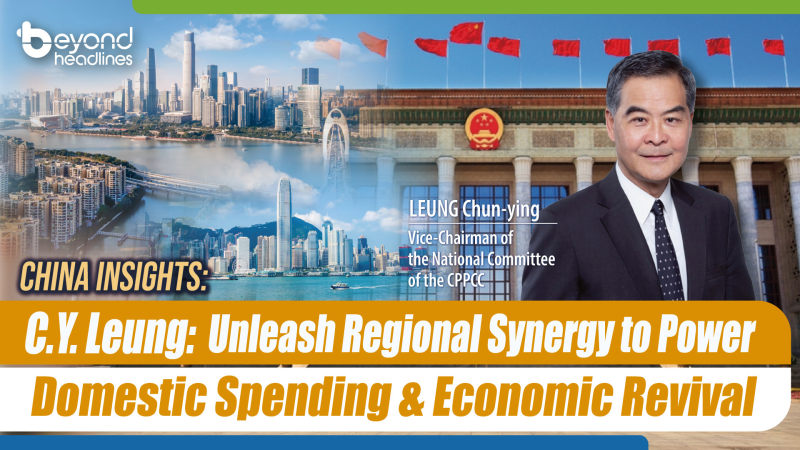In a leap forward for smart cities, scientists have engineered a game-changing cement-based material that doubles as both a structural element and a self-sustaining power source. This innovation could redefine urban infrastructure, creating buildings and roads that are not just sturdy—but energy-independent.
Led by Professor Zhou Yang at Southeast University in China, the research team designed a cement-hydrogel composite inspired by the natural layered structure of plant stems. The material captures thermal energy—such as heat from sunlight or ambient temperature shifts—and converts it into electricity, offering a sustainable solution for energy generation.
The breakthrough hinges on amplifying cement’s normally weak ionic thermoelectric effect through a cleverly engineered multilayer design. By sandwiching cement between conductive hydrogel layers (made of polyvinyl alcohol), the team dramatically enhanced ion mobility—turbocharging the material’s electricity output.
But the innovation doesn’t stop there. This thermoelectric cement also stores energy, acting like a built-in battery. Future applications could include self-powered sensors in bridges, energy-autonomous smart buildings, or even roads that wirelessly charge electric vehicles—ushering in a new era of resilient, energy-smart cities.



![[Inno&Tech] Chinese Researchers Develop Revolutionary Cement That Generates and Stores Electricity](https://img.beyondheadlines.hk/articles/cover/20250428/ede9cd1269dc874e04638e8325437c19.jpg!w800)



![[China Travelogue] Golden Daisies Take Center Plate: Zhongshan’s Blossoming Culinary Craze!](https://img.beyondheadlines.hk/articles/cover/20250414/ae9d69ea55c092b355a8779d0dc232bb.jpg!w800)



![[Discovering GBA] Nansha’s Lighthouse Library: A Spellbinding Maritime Haven for Book Lovers](https://img.beyondheadlines.hk/articles/cover/20250403/104a6d598e489f15437ebc7b3fc6683f.jpg!w800)

